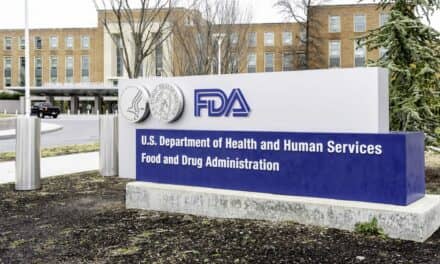Wake Up Narcolepsy revealed results of a survey of 100 physicians who treat narcolepsy in children and adolescents in the Greater Boston Area.
“Narcolepsy is a lifelong neurological disorder typically starting in adolescence/early adulthood caused by the brain’s inability to regulate sleep and wake states. Narcolepsy usually presents with severe and debilitating daytime sleepiness. Early diagnosis of narcolepsy is critical to ensuring a successful treatment plan and promoting safety. However, due to lack of awareness about narcolepsy among healthcare providers and difficulties teasing out narcolepsy symptoms from other conditions or comorbidities, narcolepsy diagnosis is often delayed, especially among children and adolescents,” says Kiran Maski, MD, PhD, physician in the department of neurology at Boston Children’s Hospital and associate professor of neurology at Harvard Medical School, in a release. “These survey results are illuminating, as they highlight improved physician knowledge about narcolepsy compared to previously published data. Still, diagnostic delays persist so there remains a continued need to educate healthcare providers and the public about narcolepsy symptoms to achieve timely diagnosis and treatment for patients. I believe these survey insights will help to improve education, reduce the time from symptoms to diagnosis, and enhance the overall treatment experience for patients and their families.”
Key Findings from the Survey of 100 Physicians
- Over half of physicians (57%) claim to be very comfortable diagnosing narcolepsy, and most (66%) only sometimes consider narcolepsy top of mind when diagnosing or treating children and adolescents.
- Very few physicians (4%) are able to identify all five CHESS (cataplexy, hallucinations, excessive daytime sleepiness, sleep paralysis, sleep disruption) symptoms of narcolepsy and fewer than half (48%) can identify at least three or more symptoms.
- Physicians typically look for excessive daytime sleepiness (64%), sleep paralysis (63%), changes in REM sleep (62%), and weight changes (62%) when diagnosing narcolepsy.
- Most physicians (86%) report it takes anywhere from 2 to 10 years to diagnose narcolepsy.
- Respondents reported that on average nearly two-thirds (64%) of all children and adolescents with narcolepsy have been misdiagnosed with other disorders.
- Insomnia (79%), idiopathic hypersomnia (64%), anxiety/depression (60%), and epilepsy/seizures (60%) are the most frequently reported misdiagnoses.
- The majority of respondents (87%) primarily rely on polysomnography testing and the multiple sleep latency test (MSLT) to diagnose narcolepsy, but most (76%) hope to see more useful biomarkers in the future.
Monica Gow, co-founder and executive director of Wake Up Narcolepsy, says in a release, “While advancements have been made, on average, it can still take up to 10 years for an official narcolepsy diagnosis and significant barriers to early detection and treatment among treating physicians remain. With these data in-hand, we remain committed to building upon existing work and to continue shaping future advocacy, educational, and treatment initiatives so children with narcolepsy and their loved ones do not have to wait years for a diagnosis.”
The research was conducted online by FTI Consulting’s digital & insights team among N=100 physicians [neurologists, sleep specialists, pediatricians, psychiatrists, practicing physicians, pulmonologists, and advance practice providers] treating narcolepsy in children and adolescents in Greater Boston Area, between the dates of September 1 –14, 2022.
Photo 128952434 © Nataliia Mysik | Dreamstime.com



